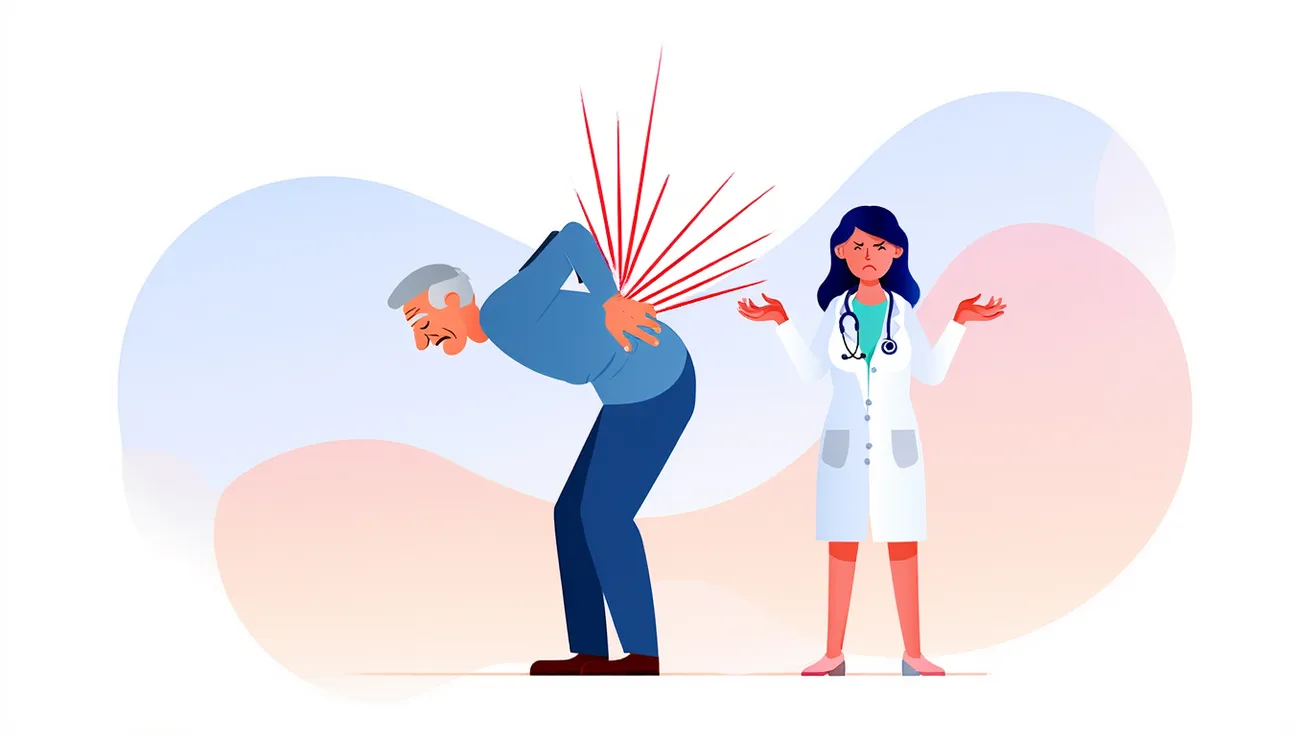If You Read Nothing Else
- The VA offers in-home services that can cover help with bathing, dressing, meals, and more.
- The first step is asking for a Care Needs Assessment through the VA.
- Many veterans miss out on benefits due to paperwork hurdles or misinformation.
- The Aid & Attendance benefit can help pay for care — even from a family member.
- Always work with a VA-accredited Veterans Service Officer (VSO) and never pay anyone to file a claim.
For many veterans, the idea of “aging in place” — staying in their own homes with the right support — is both a comfort and a challenge. The U.S. Department of Veterans Affairs (VA) actually has several programs designed to help make that possible. The trouble is, too few veterans or their families know how to find or qualify for them.
“It really starts with asking the right question in the right place,” says Todd Houghton, Brand President of Homewatch CareGivers, which helps veterans navigate VA programs through its Veterans Care Coordination® service.
Step One: Ask for the Assessment
According to Houghton, the first step is contacting the VA directly to request a Care Needs Assessment. “You can do this by phone or in person,” he says. “If you’re calling, ask to speak with someone about Home and Community-Based Services or Aid & Attendance. If you’re visiting in person, go to your local VA Medical Center’s social work or Geriatrics and Extended Care office.”
During the assessment, the VA evaluates medical needs — things like help with daily activities, mobility, and cognitive status — to decide what level of support fits best. Based on those results, the veteran may qualify for:
- Homemaker or Home Health Aide care
- Skilled Home Health Care
- Respite Care
- Adult Day Health Care
- Veteran-Directed Care (VDC), which even lets some veterans hire a family member as their paid caregiver.
Why So Few Know About Aid & Attendance
While these programs can be life-changing, Houghton says the Aid & Attendance (A&A) benefit is still underused and misunderstood.
“Paperwork is a big reason,” he says. “Applicants need detailed medical evidence of daily-living limitations, a full financial disclosure, and VA Form 21-2680. It can be intimidating.” Having a trusted family member help gather documentation makes a big difference, he adds.
Eligibility rules are another stumbling block. “Technically, Aid & Attendance is a supplemental VA pension,” Houghton explains, “so it’s not part of the health-care system.” To qualify, veterans must have served at least 90 days of active duty — with one day during wartime — and received an honorable or other-than-dishonorable discharge. “It’s based on income, assets, and medical need, not just age.”
Then there’s the issue of fragmented information. “Because the benefit is handled by VA Pension Management Centers instead of local medical offices, some staff simply don’t bring it up,” he says. “Families miss out because no one tells them it exists.”
Beware of Misinformation and Scams
Houghton also warns against so-called “benefit advisors” who promise to speed up approvals — for a price. “Legitimate help from the VA is free,” he says. “Never pay anyone to file a claim, and avoid anyone suggesting you hide or move assets to qualify.” Instead, veterans should work with VA-accredited Veterans Service Officers (VSOs) from trusted organizations such as the American Legion, DAV, VFW, or local county offices.
A Path to Independence
The payoff for getting through the red tape can be enormous. “For many veterans, this benefit means they can stay home, surrounded by family and memories, instead of moving to a facility,” Houghton says. “It’s about dignity, safety, and independence — exactly what their service deserves.”
Disclaimer: This article is for informational purposes only and should not be considered legal or financial advice. Veterans and families should verify eligibility requirements directly with the U.S. Department of Veterans Affairs or a VA-accredited representative.






